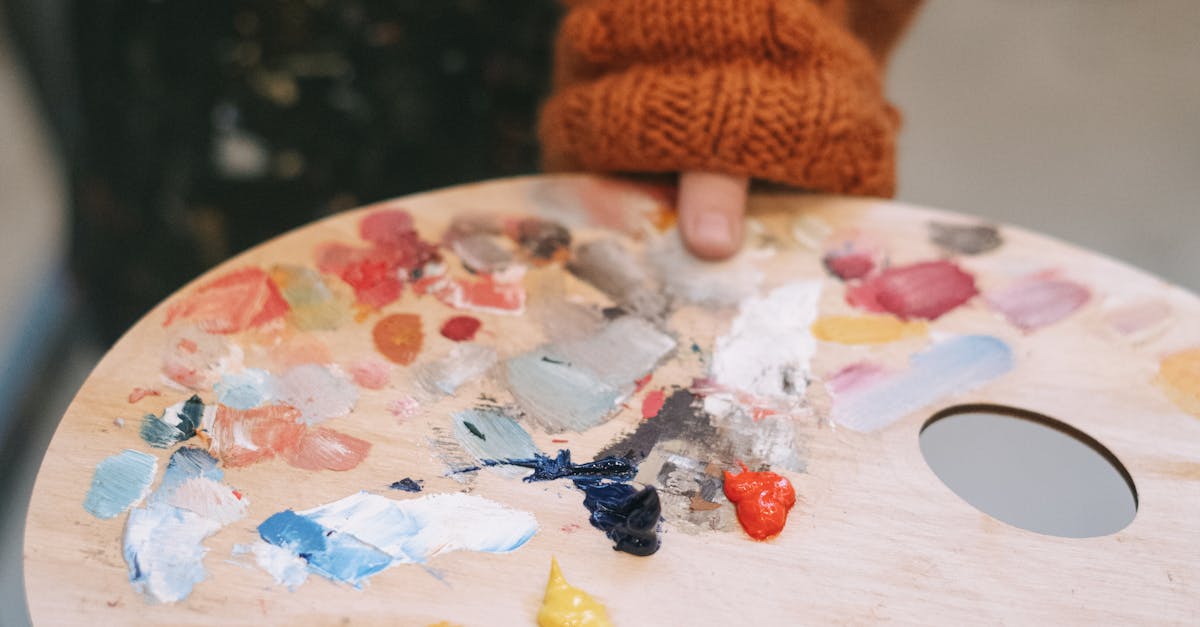Oil painting is a beautiful and timeless form of artistic expression that has captivated artists for centuries. Whether you are a beginner looking to explore the world of oil painting or a seasoned painter seeking to hone your skills, these 20 super instructions will help you unlock your artistic potential and create stunning works of art.
1. Choose the Right Painting Support: Select a high-quality canvas or wood panel as your painting support. A good support is crucial for the longevity and quality of your oil painting.
2. Prepare Your Painting Support: Properly prime your canvas or wood panel with gesso to create a smooth and durable surface for your oil paint to adhere to.
3. Use Quality Oil Paints: Invest in artist-grade oil paints for vibrant colors and lasting results. Cheaper paints may contain fillers that affect the quality of your artwork.
4. Experiment with Different Brushes: Explore a variety of brush shapes and sizes to achieve different textures and effects in your oil paintings.
5. Understand Color Mixing: Learn the basics of color theory to create harmonious color palettes and mix the colors you desire.
6. Start with a Sketch: Sketch your composition lightly on your painting support to plan out the placement of elements before diving into painting.
7. Layering Techniques: Practice layering your oil paints to build depth and dimension in your artwork. Allow each layer to dry before adding the next.
8. Embrace the Drying Time: Be patient with the drying time of oil paints. This medium requires longer drying times compared to acrylics, but it allows for blending and manipulation on the canvas.
9. Explore Different Oil Mediums: Experiment with mediums like linseed oil, walnut oil, or stand oil to alter the texture, drying time, and transparency of your oil paints.
10. Master the Art of Blending: Practice blending colors on the canvas using a clean brush or your fingers to create smooth transitions and gradients.
11. Pay Attention to Brushwork: Be conscious of your brushstrokes and use them purposefully to convey textures, movement, and emotions in your oil paintings.
12. Study Light and Shadow: Understand how light interacts with objects to create highlights, shadows, and reflections in your artwork. Incorporate these elements to add depth and realism to your paintings.
13. Clean Your Brushes Properly: Clean your brushes thoroughly with odorless mineral spirits or a brush cleaner after each painting session to maintain their quality and prolong their lifespan.
14. Use a Limited Palette: Start with a limited color palette to simplify your color choices and create cohesive artwork. As you gain confidence, you can expand your palette.
15. Practice Composition: Experiment with different compositions to create visually dynamic and engaging oil paintings. Consider the rule of thirds, leading lines, and balance in your compositions.
16. Don’t Be Afraid to Make Mistakes: Embrace mistakes as opportunities for growth and learning in your oil painting journey. Learn from your errors and use them to improve your art.
17. Take Breaks: Painting for long stretches can lead to fatigue and diminishing creativity. Take breaks, step back from your artwork, and return with fresh eyes to make informed decisions.
18. Seek Inspiration: Draw inspiration from nature, art history, fellow artists, or everyday life. Let this inspiration fuel your creativity and help you find your unique artistic voice.
19. Practice Regularly: Consistent practice is essential for mastering oil painting techniques. Set aside dedicated time each week to paint and improve your skills.
20. Enjoy the Process: Above all, enjoy the process of creating art with oil paints. Embrace the journey, celebrate your progress, and let your passion for painting shine through in every brushstroke.
By following these 20 super instructions and immersing yourself in the world of oil painting, you can unlock your creativity, cultivate your skills, and create exceptional works of art that reflect your unique style and vision.


